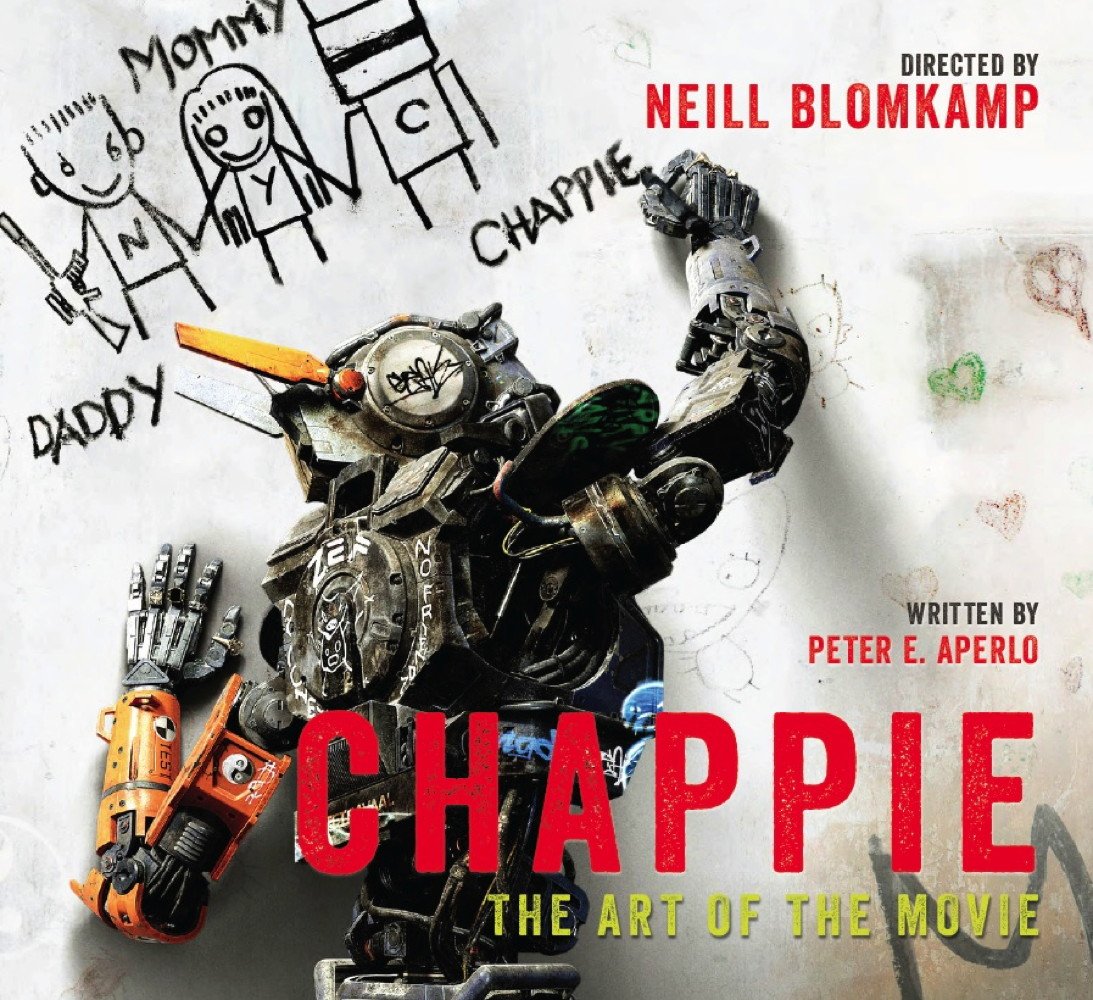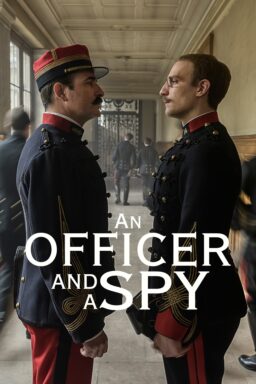Neill Blomkamp’s “Chappie” has already become one of 2015’s
more interesting film stories in that after weeks of blitz marketing, the
producers and studio can legitimately boast that it’s a “#1 Film!” However,
that claim should probably come with an asterisk, as this weekend at U.S.
theaters was a dismal one. It was the worst total box office of 2015 to date
(as Vince Vaughn’s “Unfinished Business” tanked in glorious fashion, opening in
10th place) and “Chappie” only mustered $13.3 million, the worst
total for a #1 film since Halloween, and notably less than Neill Blomkamp’s
last film, “Elysium,” which opened with almost $30 million. And critics and
viewers have been less than positive. The film only mustered a very soft B
Cinemascore, 29% on Rotten Tomatoes and dismal 40 on Metacritic. Notable
critics have skewered the movie, and yet the growing comments on our review
hint that there may be an undercurrent of fans building for it. And whatever one
can say about the film’s flaws, and they appear to be many, there’s no denying
the craft and effort that went into it. Blomkamp and his team, as they were in
the also-flawed “Elysium,” are dedicated to detail, which has been elaborately
captured in the latest coffee table book from the awesome Titan Books, “Chappie: The
Art of the Movie.” Here’s a quick look.
Author Peter E. Aperlo has crafted similar coffee table
tomes for “300,” “300: Rise of an Empire,” and “Watchmen.” This one isn’t quite
as extensive as some other Titan film companions, although it’s well-organized
with a Foreword by Concept Artists Greg Broadmore, Doug Williams and Christian
Pearce and an Introduction by the author, followed by sections on the
production called “The Meat,” “The Metal,” “Locations,” and “Vehicles &
Gear.” “The Meat” focuses on the characters in the film, including Deon Wilson
(Dev Patel), Vincent Moore (Hugh Jackman), and Michelle Bradley (Sigourney
Weaver), along with the “Criminals” played by Die Antwoord. The next two
sections—“The Metal” and “Locations”—are the real heart of the book, filled
with production stills, behind-the-scenes details, concept art, storyboards,
etc. It’s hard to believe that there’s any piece of information about the
production of “Chappie” that isn’t included here, even if the large font and
relatively straightforward arrangement of the material could be called a bit
uninspired. Still, there are pages and pages of concept art related to the
robots of “Chappie,” showing fans and aspiring filmmakers how a production like
this goes from a drawing to a reality.
And that brings us to the question regarding “Chappie: The
Art of the Movie”—can it still be valuable and relevant even though the movie
has failed for most audiences? Of course. This is a product for fans and those
who love the behind-the-scenes details of filmmaking. Yes, one wishes the art
of production would be learned through a process that led to a great film, but
Neill Blomkamp’s perceived errors in filmmaking have little to do with Aperlo’s
efforts in producing the companion tie-in. In fact, one could argue that’s
there’s something remarkable about putting this much love and care into
chronicling a process that didn’t work. Perhaps if one reads between the lines
of it, they can see what went wrong, and use it as a cautionary volume, lest
they make a “Chappie” of their own.












